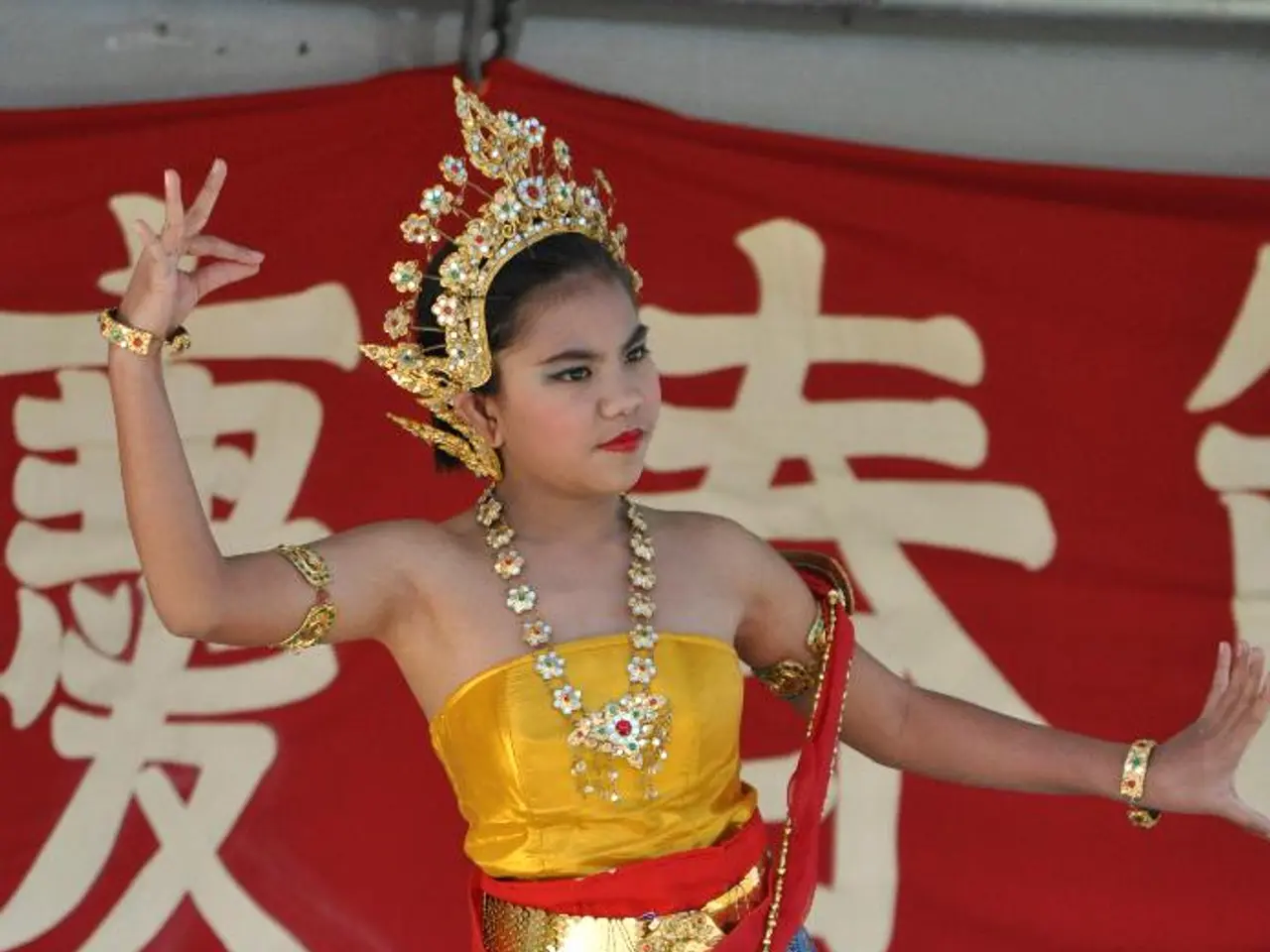Evolution of Cinema Restrictions
In the early days of cinema, filmmakers faced informal censorship through local and state boards in the United States, leading to the implementation of the Motion Picture Production Code (Hays Code) in 1930. This self-imposed regulation maintained tight control over issues such as sex, violence, and political content until the 1960s, shaping the tone and themes of mainstream Hollywood films.
During the Weimar Republic in Germany, cinema was known for artistic experimentation, but the rise of the Nazi regime imposed strict controls to align cultural output with propaganda goals.
After the Russian Revolution, film was considered a tool for Communist ideology. Early Soviet film experimentation flourished briefly in the 1920s, but by 1929, Stalin’s tightening grip led to a doctrine of Socialist Realism, where cinema was subordinated to state political aims, effectively curtailing individual creativity and experimental cinema.
India's film censorship emerged under British colonial rule with the Indian Cinematograph Act of 1918, regulating content deemed offensive or subversive. Post-independence, censorship has often been exercised to balance political sensitivities, religious sentiments, and social norms, influencing the portrayal of gender, caste, and politics in Indian cinema.
Under Communist rule since 1949, China has maintained strict government control over film content, especially during the Cultural Revolution (1966–1976), when most films were banned or heavily censored. Since then, censorship has continued to regulate political, social, and moral themes, limiting criticism of the state and controlling cultural narratives.
After the 1978-79 Iranian Revolution, film censorship intensified sharply, with the destruction of many theaters and banning of Western films as part of a campaign against secular media. However, religious authorities acknowledged cinema’s educational potential, leading Iranian filmmakers to develop a unique, contemplative style imbued with local cultural and religious values.
Censorship has had a complex impact on artistic creativity in film. It often restricted filmmakers from addressing political, sexual, or social issues freely, constraining narrative possibilities. In some contexts, such as Soviet and Iranian cinema, censorship forced filmmakers to develop new styles and storytelling techniques to evade restrictions, sometimes resulting in distinctive cinematic languages. Conversely, strict ideological or moral control frequently led to artistic stagnation, as seen in Stalinist Soviet film where avant-garde experimentation was suppressed.
In countries with less rigid censorship, filmmakers struck compromises or used allegory and symbolism to critique or comment subtly. Thus, while censorship limits freedom of expression, it has also sometimes spurred innovation as artists find creative ways to communicate within or around restrictions.
The following table summarises the key historical features and impacts on creativity in film censorship across several countries:
| Country | Key Historical Features | Impact on Creativity | |----------------|---------------------------------------------|-----------------------------------| | United States | Self-censorship via Hays Code (1930-1960s) | Restrictive but industry-driven | | Germany | Nazi propaganda control after Weimar freedom| Suppressed experimental cinema | | Soviet Union | Socialist Realism from 1929; state control | Curtailment of avant-garde, decline in innovation[2] | | India | Colonial and post-colonial censorship boards| Controlled political/social content| | China | Communist state censorship; Cultural Revolution banning| Suppressed dissent, promoted political themes | | Iran | Post-revolution bans; religious censorship | Development of contemplative, symbolic style[1] |
This evolution demonstrates how film censorship reflects broader political and cultural struggles, often shaping both what stories are told and how they are artistically realized.
Visual storytelling in cinema can be significantly affected by the level of entertainment permitted. For example, in Germany during the Weimar Republic, cinema experienced artistic freedom, but when the Nazi regime rose, strict controls were imposed to align cultural output with propaganda goals.
On the other hand, the implementation of the Motion Picture Production Code (Hays Code) in 1930 in the United States led to tight control over issues such as sex, violence, and political content until the 1960s, shaping the tone and themes of mainstream Hollywood films, demonstrating how censorship can impact visual storytelling and entertainment.







